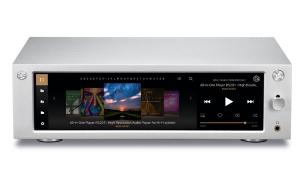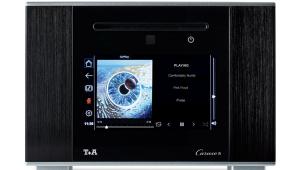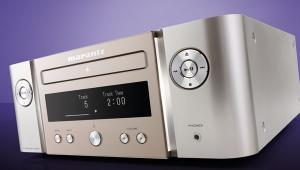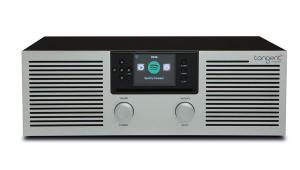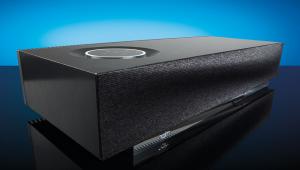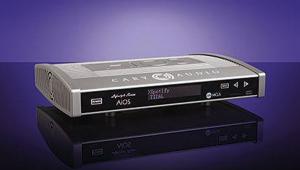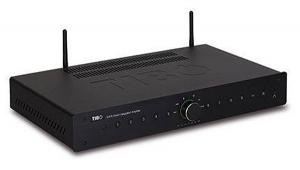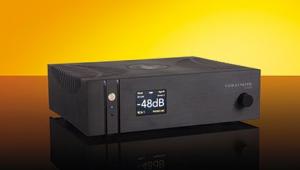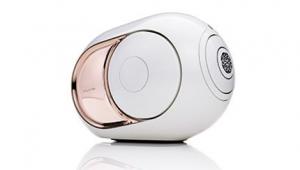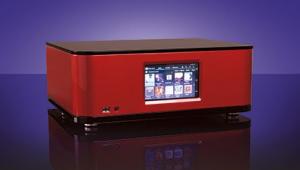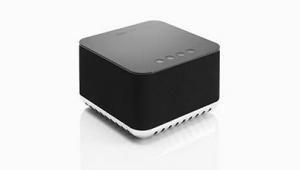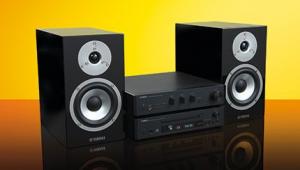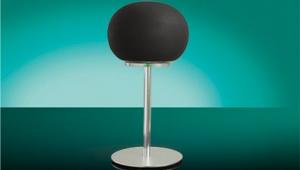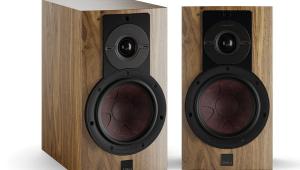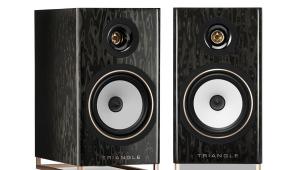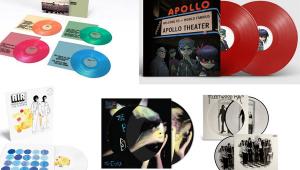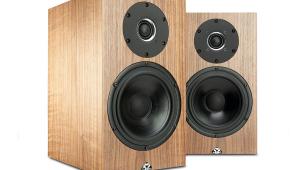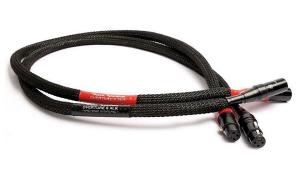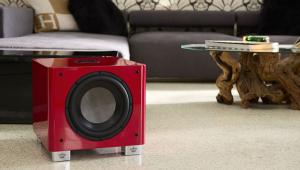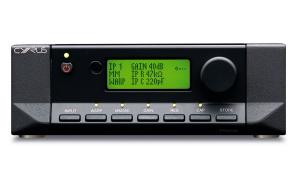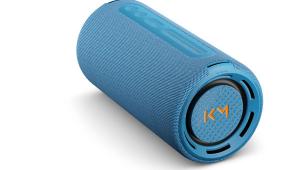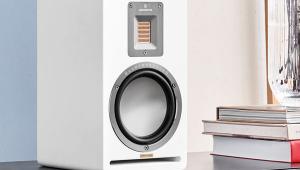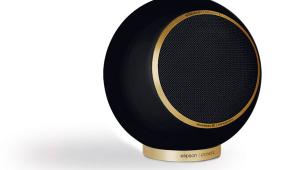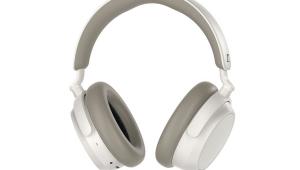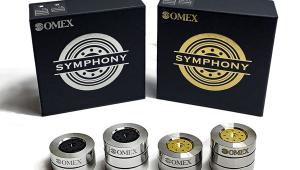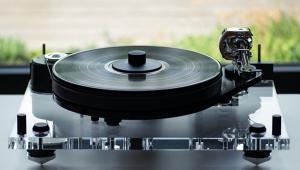Cambridge Audio Evo 150

 Full of wonder though the modern world is, I can’t shake the idea that the only true all-in-one audio systems were built half a century ago. Remembered by a teenage me as staple student sleep-over entertainment, the music centre was the real deal, the one-stop-shop to which nothing at all need be added. A triumph of size over sophistication, the hulking behemoths incorporated turntable, cassette deck, AM/FM tuner, amplifier and, tethered by the thinnest, cheapest cable known to science, intriguingly lightweight loudspeakers. Marvellous. Except, of course, the coalition was usually so severely compromised, sound quality frequently plumbed the depths of mediocrity. This, in turn, gave aspiring audiophiles the opportunity to rubbish music centres by championing the sonic delights of separates. And the rest is… well, you know what they say. But signs are that the future is planning a rewrite.
Full of wonder though the modern world is, I can’t shake the idea that the only true all-in-one audio systems were built half a century ago. Remembered by a teenage me as staple student sleep-over entertainment, the music centre was the real deal, the one-stop-shop to which nothing at all need be added. A triumph of size over sophistication, the hulking behemoths incorporated turntable, cassette deck, AM/FM tuner, amplifier and, tethered by the thinnest, cheapest cable known to science, intriguingly lightweight loudspeakers. Marvellous. Except, of course, the coalition was usually so severely compromised, sound quality frequently plumbed the depths of mediocrity. This, in turn, gave aspiring audiophiles the opportunity to rubbish music centres by championing the sonic delights of separates. And the rest is… well, you know what they say. But signs are that the future is planning a rewrite.
Delivered to market on the fast-shifting sands of ‘convergence tech’, Cambridge Audio’s Evo 75 and 150 single-box solutions pay homage to both the music centre and the reactive separates revolution it was part of while providing a timely hint of what might lie ahead.
For now, there are two types of all-in-one hi-fi system and, naturally, both have streaming smarts at their heart. Arguably the more radical approach is the digitally replete active speaker system (wired or wireless) to which you might decide to add a server of some description and possibly legacy sources – say a CD player or transport, a turntable or even a cassette or open-reel tape deck. Think KEF LS50 Wireless (HFC 433) and System Audio Legend 5.2 Silverback and WiSA hub (HFC 474).
The other, much closer in concept to the music centre of yore, is the digitally savvy amplification hub allowing you to connect passive speakers of choice and, as with the active speakers, hook up those hard-to-part-with legacy sources as required. Essentially, we’re talking about a network and DAC-enabled integrated amp with bells (possibly knobs) on, including a larger, hi-res colour display, slicker smartphone/tablet, app-assisted, user interface and an implicit promise that no widget, however marginal, should be left on the shelf. Early game changers HFC has reviewed include NAD’s M10 (HFC 451) and Naim’s Uniti Star (HFC 433).
There are two distinct and arguably divisive schools of thought in play here, and it’s hard to say which is the more likely signpost to the future of hi-fi if, indeed, separates ever tap out, which I sincerely doubt. Active speakers theoretically perform better and, if incorporating DSP like the System Audio Silverback, can offer a suite of highly contrasted digital voicings plus room correction. The all-on-board amp hub has a stronger traditionalist pull while allowing the joy of experimenting with the component that makes the biggest sonic difference of all – a personally chosen size, design and flavour of passive speaker. A common charge against all-in-one propositions is that neither type can offer that entrenched audiophile ritual of upgrading the amp.
With the £2,250 Evo 150 I’m reviewing here and £1,800 Evo 75 (half the power, no MM phono stage), Cambridge Audio has added its weight and reputation to the ‘just add speakers’ camp, confident in the belief that it’s the no-brainer lifestyle option for future-fi early adopters. Sorry about the ‘lifestyle’ mention, but it’s a key part of the Evo’s make-up and mission to seamlessly meld minimalist style, audiophile sonics and ease of use barely more taxing than Elon Musk’s proposed brain link.
The design brief fell to a London HQ-based team led by Ged Martin. Referencing Cambridge Audio’s first ever amp, the super-svelte P40 from 1968, the Evo’s compact, black anodised aluminium chassis has wood cheeks though, unlike the P40’s, they’re magnetically attached and interchangeable. Out of the carton, the Evo wears walnut, but these side panels can be swapped for slightly funkier and more sculpted black Richlite, a new material made mostly from recycled paper. Sit the Evo 150 in a regular hi-fi equipment rack and, head on, the ‘look’ is largely lost. Although the large, dual-concentric volume/input dial and generous 173mm LCD colour display are elegantly clean and cool, the Evo’s best aspect is out in the open, maybe on a sideboard or shelving unit. It was made to be looked at as well as heard.
Cambridge Audio’s StreamMagic platform and app give access to Chromecast, Bluetooth aptX HD, Airplay 2, Spotify Connect, Tidal Connect, Qobuz and Roon. Oh, and there’s internet radio, too. It’s all pleasantly effortless. That said, it would be a shame to ignore the tactile joys of the smart metal remote and especially the silky-smooth action of the facia’s dual-concentric control – the outside ring takes care of volume, the inner dial inputs. Round the back there are optical, coaxial, RCA, asynchronous USB, balanced XLR and MM phono inputs plus an HDMI with ARC to link in a TV. Outputs consist of a 3.5mm headphone jack, Bluetooth aptX HD (in and out) and a sub-out for extending bass response with a subwoofer. Two sets of binding posts mean you can bi-wire with ease, maybe use a super-tweeter if you want to go the whole hog or just hook up an extra pair of speakers.
Rated at 150W per channel into 8ohm, the Evo 150 uses Hypex NCore Class D power modules, chosen not just because they’re space and energy efficient, don’t weigh much and run cool, but because Cambridge Audio’s engineers believe they deliver: “clear advantages in clarity, resolution and musicality”. Note the omission of ‘over Class A/B’. Not an accident, I’d wager, but we’ll address this with the help of the company’s CXA 61 Class A/B integrated amp (HFC 459). Digital decoding is accomplished with an ESS ES9018K2M DAC and full unfolding of MQA is on board as well. A pair of dedicated Evo 5 standmount speakers and Evo CD transport are set to be released later in the year.
Sound quality
Obviously, there’s huge flexibility, but for most of my listening I rely on Tidal Connect, Edwards Audio’s TT4 turntable (HFC 477) and, to allow the Evo 150 to stretch its legs, a pair of Russell K Red 120 floorstanding speakers (HFC 461). The StreamMagic setup, I’m glad to report, is a glitch-free breeze. As already hinted, to test the mettle of the Evo 150’s Class D sonics I’ve lined up the company’s Class A/B CXA 61 integrated amp and CXN v2 (HFC 437) standalone streamer – a viable separates alternative for £1,500, saving £750 in the process.
To get our bearings, perhaps it’s best to start with the sonic showdown. The CXA 61 and CXN v2 make a formidable team that’s hard to beat for the money. Playing a stream of Donald Fagen’s The Night Belongs To Mona from Morph The Cat on Tidal Connect, the complex arrangement is nicely separated, crisp and clear with fine presence and dynamic freedom, drum strikes propel from the lushly layered backdrop like rifle shots. The presentation is explicitly detailed and engaging, but undeniably a little forward, impressively clear but tonally quite cool.
Switching to the Evo 150 I’m surprised by the differences. The Evo sounds warmer, smoother and more refined with better discrimination of timbral textures and finer resolution of micro-dynamic minutiae. In short, almost analogue by comparison, if not quite as sparky and exciting. Class D wasn’t always like this, but successive generations seem to have taken on greater degrees of analogue flavouring which, if vinyl playback is your benchmark, can be no bad thing. Indeed, moving on to the Edwards turntable with Van Morrison’s Love Should Come With A Warning, little adjustment is needed, Van sounding just as full-blooded and ‘human’ as a streamed Donald had before. The Evo 150’s is a sophisticated, finessed yet effortlessly muscular performance, reassuringly consistent across all inputs, that should be supremely easy to use and live with.
Conclusion
In terms of functionality, the Evo 150 offers little over a streaming amp such as Hegel’s H95 (HFC 468). As an object of desire, however, it’s on a different plane – as lovely to look at, touch and use as it is to listen to. If future-fi is Evo shaped, I predict plenty of takers. DV
DETAILS
Product: Cambridge Audio Evo 150
Type: One-box streaming system
FEATURES
● Quoted power output: 2 x 150W (8ohm)
● Bluetooth aptX HD/Chromecast/AirPlay 2
● Compatible with up to 32-bit/384kHz (asynchronous) and DSD 256
 |
Inside this month's issue:
Q Acoustics 3020c standmount loudspeakers, Perlisten R10s active subwoofer, Quad 33 and 303 pre/power amps, Acoustic Solid Vintage Full Exclusive turntable, newcomer Fell Audio Fell Amp and Fell Disc and lots, lots more...
|
